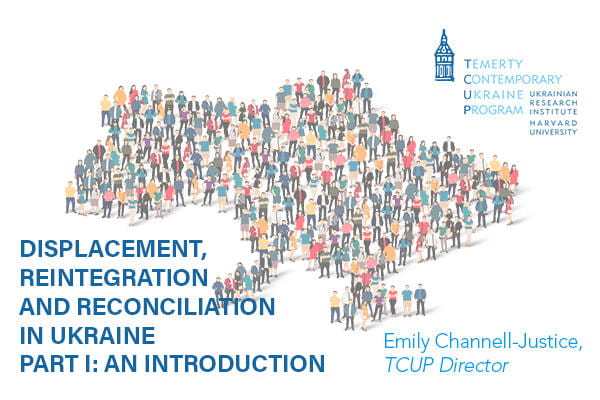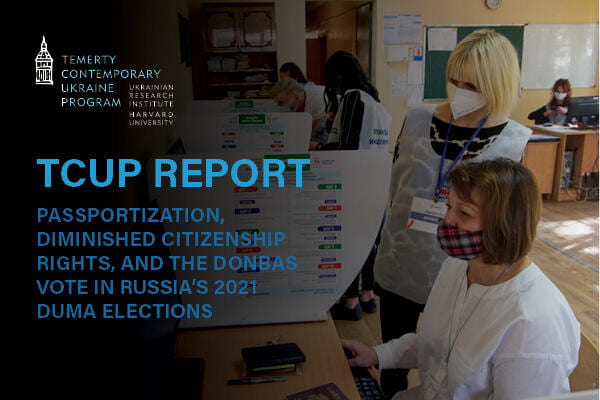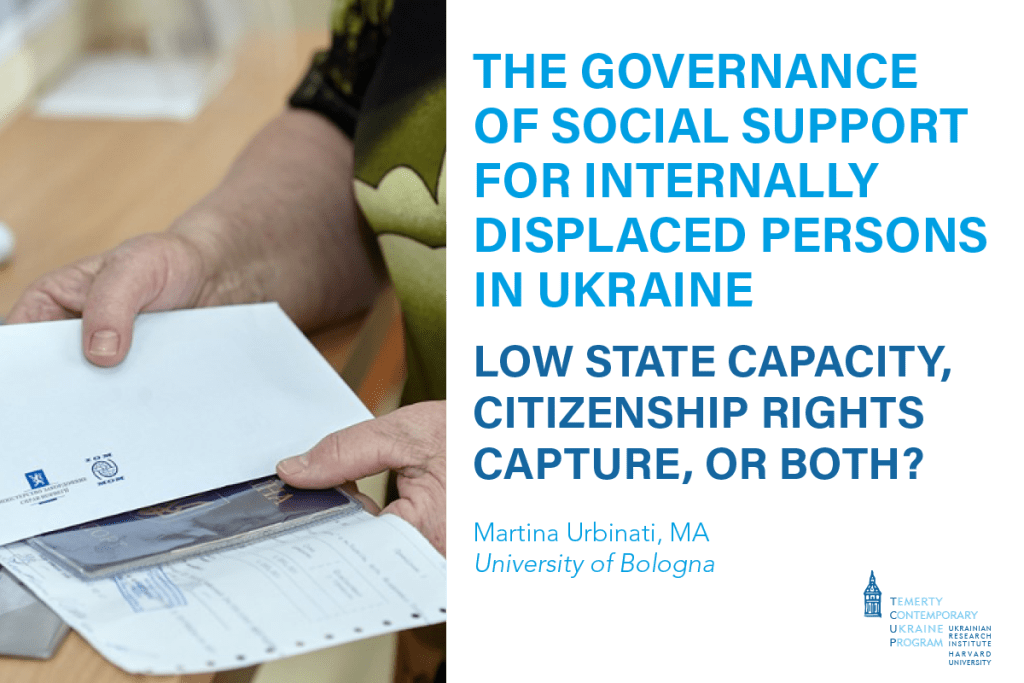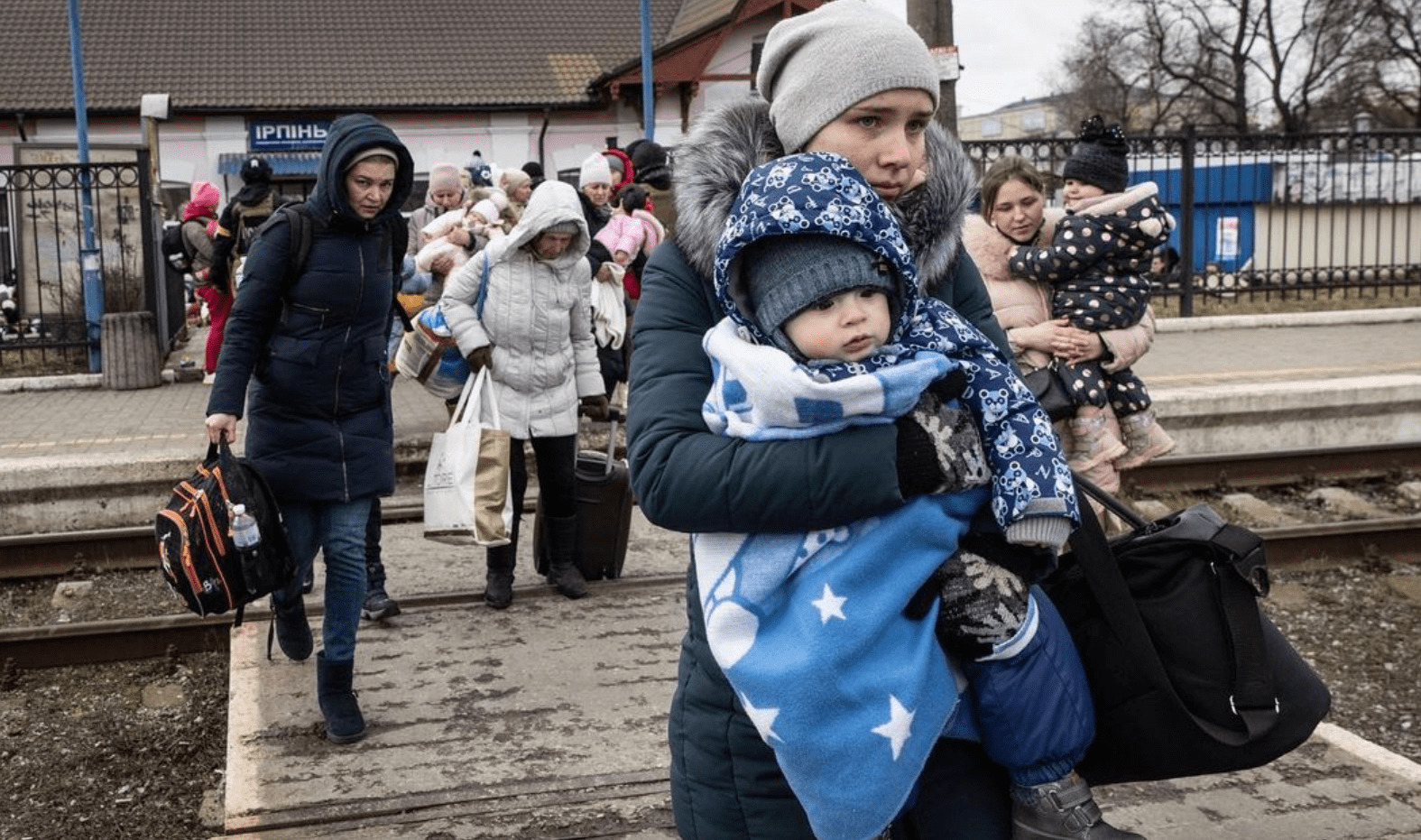At least 1.5 million people from Donetsk and Luhansk are displaced in Ukraine since 2014, illustrating the human impact this eight-year crisis has already brought upon Ukraine.
TCUP Reports
Our IDP TCUP Report series is focused on the occupied territories in Donetsk and Luhansk regions, with special attention to the impact of Ukrainian and Russian policies on the populations displaced from those territories and those still living there. With an absence of official policy toward internally displaced populations in Ukraine, these reports address the topic of displacement from several angles.




MAPA: Digital Atlas of Ukraine
MAPA: Digital Atlas of Ukraine includes an interactive webmap with data on Donbas, Crimea, and IDPs that shows the myriad ways the Donbas is interconnected with the rest of Ukraine. In the light of the escalating Russian aggression, Donbas is likely to remain a battleground—but the threat and devastation of war are nothing new.
Since the start of the Russian aggression against Ukraine in February 2014, approximately 1.8 million people from Crimea and the Donbas fled to other regions of Ukraine, and over one million to Russia or to other neighboring countries. At present, state and international agencies register close to 1.5 million IDPs and 50,000 refugees.
Between 20,000 and 50,000 people left the Crimean Peninsula and some 2.4 million inhabitants of Crimea found themselves behind the new dividing line. The main reason for leaving the peninsula was the Russian state persecutions of Crimean Tatars (especially the more observant Muslims) and people with pro-Ukraine views. There were also other reasons – among them, attachment to the Ukrainian state and unwillingness to live on unrecognized territory or in the Russian state. The situation of Crimean Tatars differed from that of other IDPs. If the majority of IDPs who moved to Ukraine or Russia could claim that they had gone to their land of origin or homeland, Crimean Tatars, on the contrary, left their homeland, which they had just recently reacquired.
Although religious intolerance, political and physical persecutions were no less important push factors for the inhabitants of the Donbas, the major cause for mass escape from the region were military destructions. Two quasi-state entities, ‘DPR’ (Donetsk Peoples Republic) and ‘LPR’ (Luhansk Peoples Republic), covered a third of the Donbas territory, which was home to more than half of its pre-war population of roughly 6.5 million people. Altogether, some 3 – 3.5 million inhabitants of the Donbas found themselves on temporarily occupied territories. Most moved on their own and had to rely on their own resources or were helped by local activists from the receiving communities. This to a great extent defined the pattern of the IDP resettlement.
As one can see from the map, there are visible regional disproportions in the numbers of IDPs resettled within Ukraine. Areas of the Donbas controlled by the Ukrainian government account for over 55% of all registered IDPs; the two neighboring regions (oblasti) of Kharkiv and Zaporizhzhia host another 18–20% and the capital city Kyiv, 8–10%. The majority of IDPs are concentrated in big cities. There are many reasons that explain such disproportion – among them scarce resources, limited experience of moving throughout Ukraine’s regions, the Ukrainian economy and job market structure, the need to stay close to their home (to care for family members who could not move, to look over property, possibility to commute across the contact line), urban and professional identities, language abilities, or cross-regional stereotypes. 
